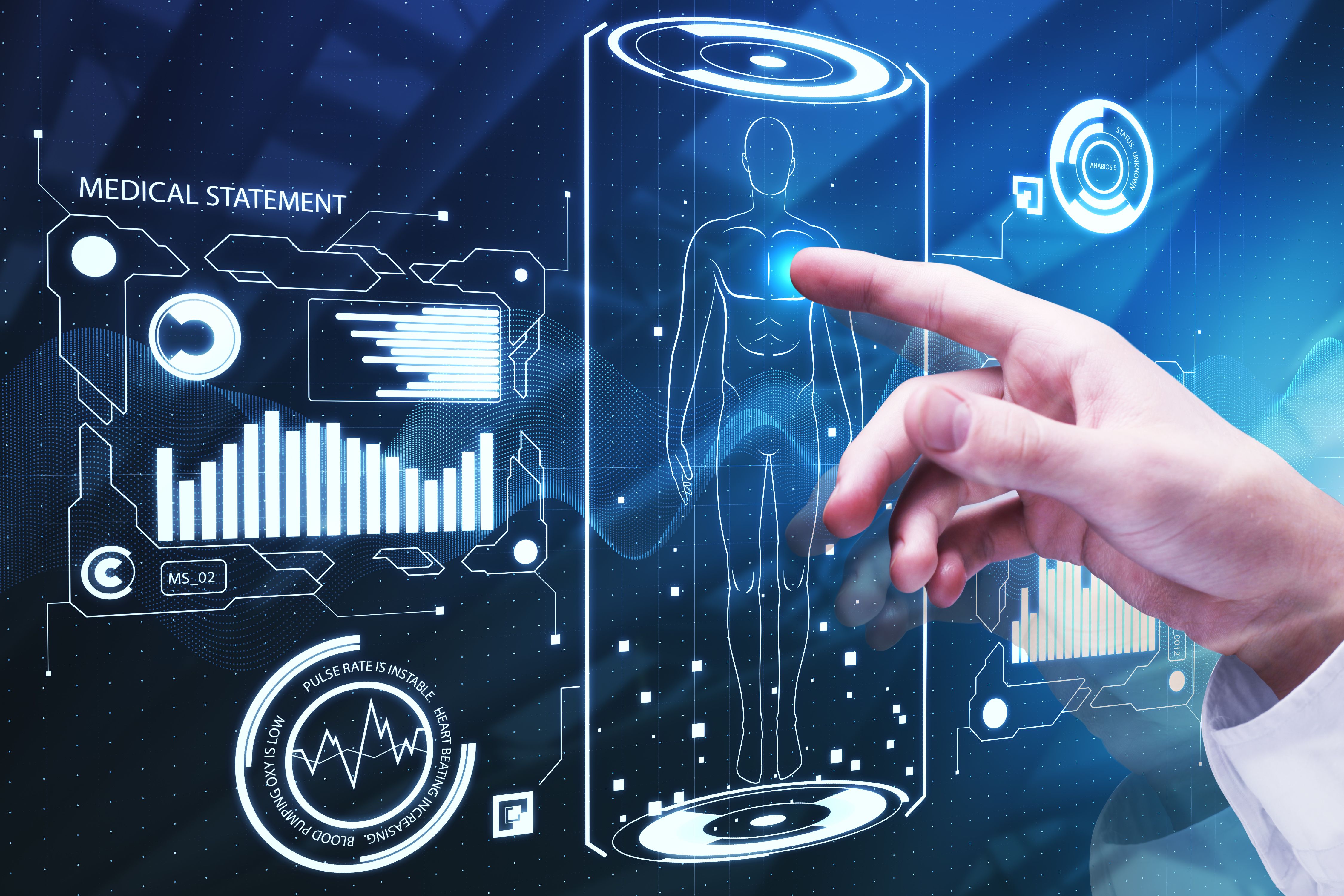Digital transformation in healthcare: Time to focus on the patient
Four types of technology that will revolutionize patient care.
©peshkova/stock.adobe.com

Digital transformation was supposed to revolutionize the healthcare industry by improving patient care and operations and reducing costs. To date, while digital transformation has led to positive changes, it has not radically changed services, processes, or business models.
The focus thus far has been primarily a conversion of analog processes to electronic form: the increased use of mobile devices and the adoption of EHRs, cloud-based services, and applications. The result has been improvement in patient engagement, increased efficiencies and reduced costs in back-office functions, and greater ease in dealing with third-party providers. These steps have been promising, but nothing transformational. This is about to change.
We are now at the early stages of a second phase of digital transformation that focuses on using technology to revolutionize the way patients are diagnosed, treated, and monitored and to deliver more timely, precise, and efficient care. The following are four examples of truly transformational technology:
Analytics
Big data analytics - the computational analysis of data to uncover trends, patterns, and associations - can be used to reduce costs, track, and prevent epidemics and detect medical fraud and identity theft. Big data software can lower the rate of medication errors by alerting doctors and pharmacists to inconsistencies between a patient’s health and drug prescriptions. Analytics can also help a practice manage staffing more efficiently and streamline workflow.
Artificial intelligence
In a broad sense, artificial intelligence (AI) makes it possible for machines to perform human-like tasks and learn and adapt from experience. The more data an AI application receives, the more accurate it becomes. The ability to gather, process, and act on information without human input eliminates routine tasks, improves efficiency, and minimizes risks.
AI provides precise and accurate data that leads to better diagnoses, treatment plans, and patient outcomes across all practice specialties. In oncology, AI powered software can analyze thousands of pathology images of various cancers to deliver highly accurate diagnoses and predict the most effective anti-cancer drug combinations. Surgeons can use AI for real-time guidance to increase precision in removing tumors. Radiologists using AI can spot details that escape the human eye. Similarly, lab tests can be quickly analyzed for patterns of existing or missing data to predict easy to miss conditions.
On the administrative side, AI makes EHRs easier to navigate and automates routine processes associated with them. The use of chatbots to help patients with care plans and answer routine questions is increasing as well.
Internet of Medical Things
The Internet of Medical Things (IoMT) refers to medical devices, equipment, and software applications capable of collecting and exchanging data via the web. WiFi enabled devices link directly with cloud platforms for data storage and also communicate with similarly enabled devices.
These devices, including wearables, implanted devices, infusion pumps, and more, can monitor, inform, and provide objective actual data to identify issues, and allow for earlier intervention before they become critical. The large amounts of real-time data they collect and generate about patients creates a more efficient healthcare system with more accessible, personalized, and proactive healthcare services for all, andalso provides data to help train AI.
Diagnosis, treatment, and monitoring can be done remotely, reducing the need for routine office visits and checkups. Patients can spend more time at home, rather than in a hospital or doctor’s office, and doctors can spend more time with patients requiring critical care.
Robotics
While robots have long been a part of healthcare performing tasks, such as assisting a human surgeon or performing surgeries autonomously, their use in medicine has recently been expanding. Here are some examples:
- As life expectancy has increased, robot companions are being used to interact with aging patients to help them remain independent and alleviate loneliness.
- Robotic nurses designed to perform repetitive tasks, such as taking vitals, monitoring a patient’s condition, restocking supplies,and drawing blood, free up human nurses to perform tasks requiring empathy and human decision skills.
- Several projects are working to develop microrobots that can travel through bodily fluids to precisely deliver medication or repair damaged cells.
Other emerging technologies similarly provide vital tools for patient care. Virtual reality and augmented reality tools are helping Alzheimer’s and dementia patients retrieve memories; genomes are being sequenced faster, leading to better diagnoses and more accurate treatments; and 3D bioprinting is allowing doctors to look into the body more accurately than with any X-ray or scan.
The potential of these digital technologies being harnessed is leading to the best available treatment at reduced costs.
That’s transformational.
Joseph E. Guimera is an attorney and founder of Guimeralaw Cybersecurity Advisory where he helps organizations plan, build, and execute cybersecurity programs. He can be reached at jguimera@guimeralaw.com.